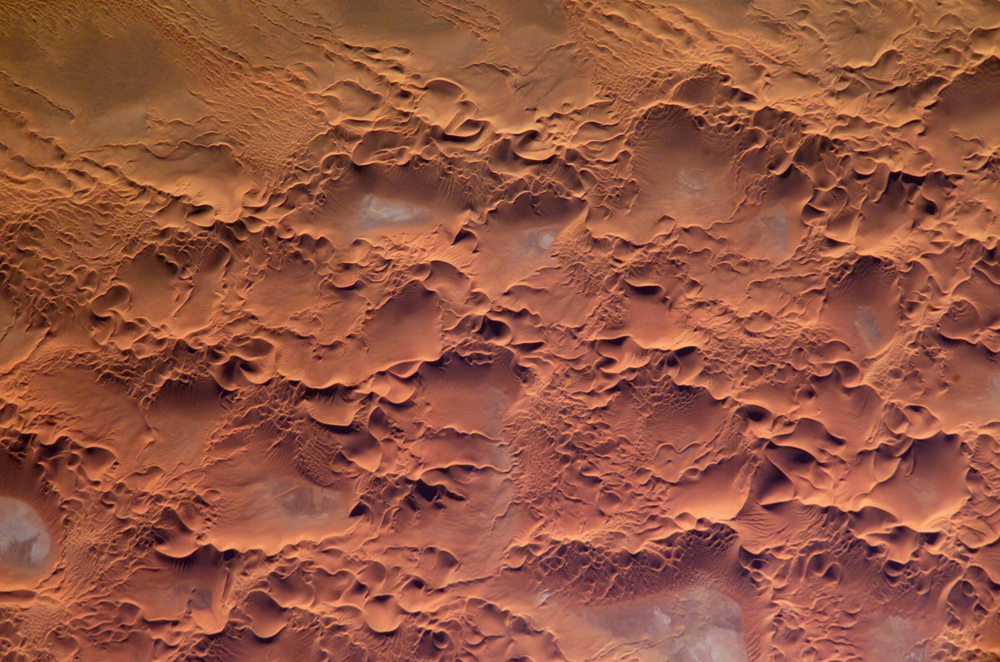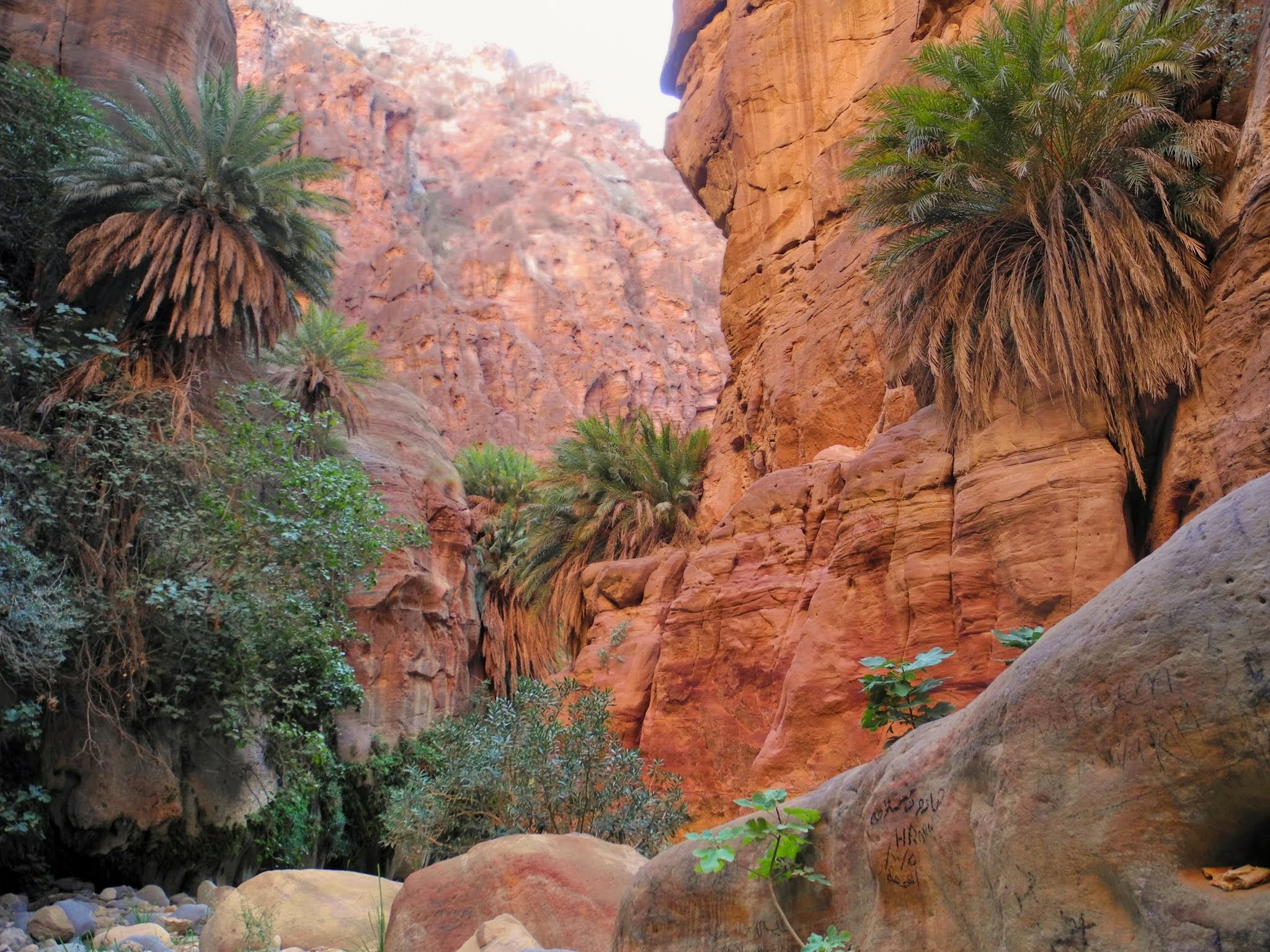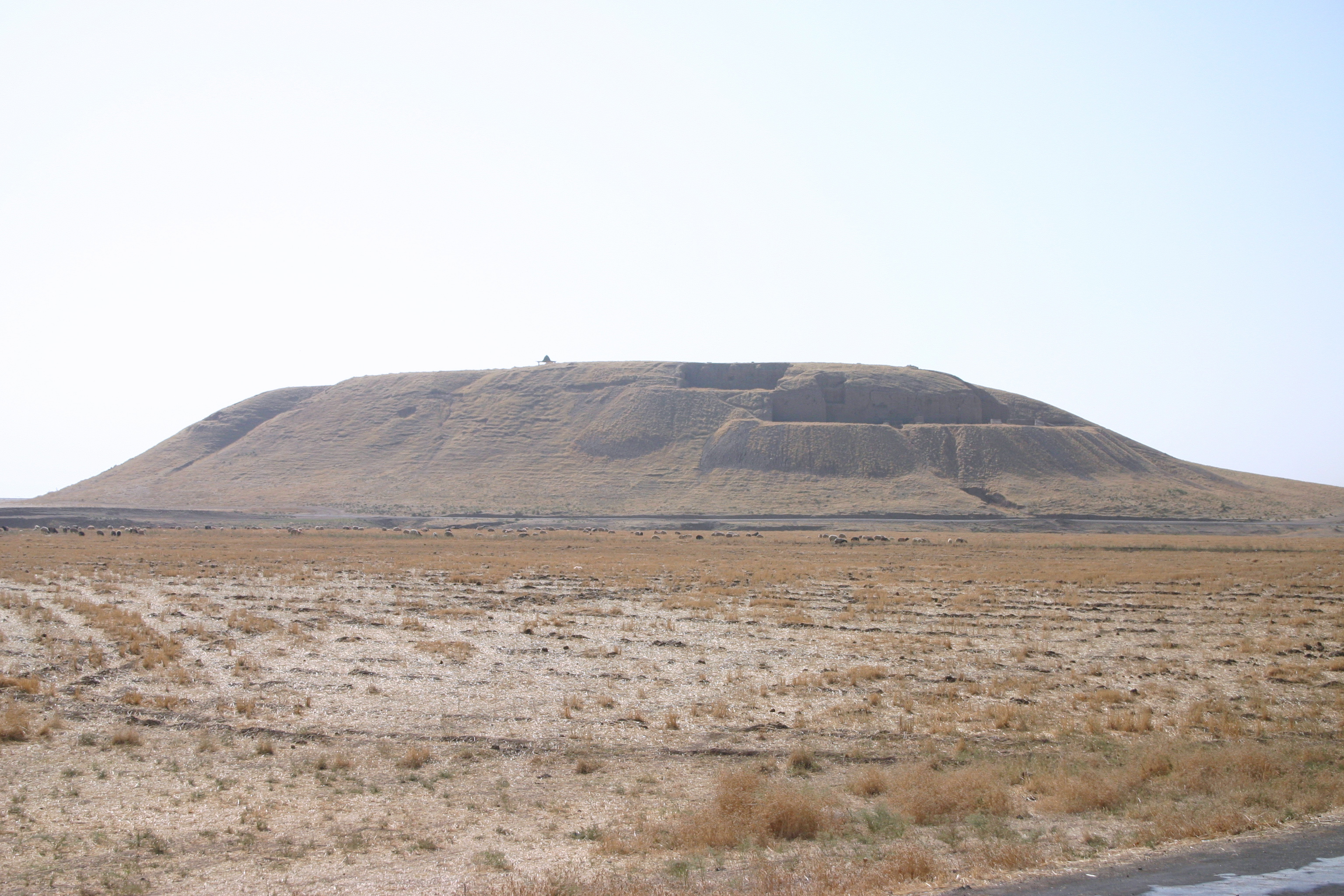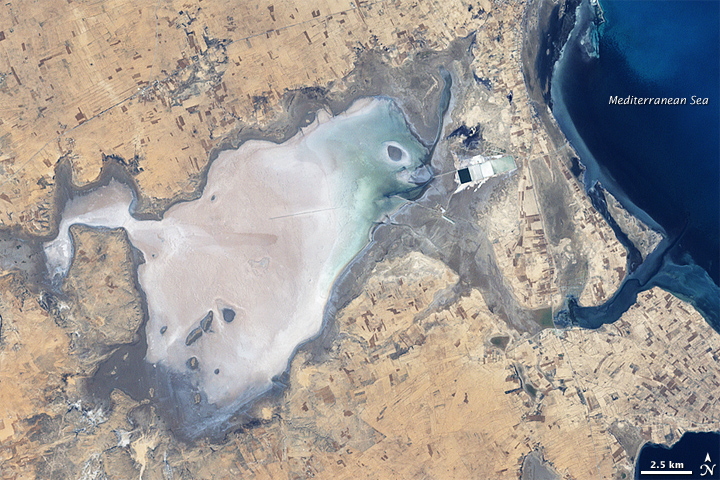|
Maghreb Place Name Etymology
{{Short description, none The place names of the Maghreb come from a variety of origins, mostly Arabic and Berber, but including a few derived from Phoenician, Latin, and several other languages. This is well illustrated by the three largest cities of Algeria, for instance: Algiers from Arabic ''al-jazâ'ir'' "the islands", Oran from Wahran from Berber ''wa-iharan'' "place of lions", and Constantine (Arabic Qasantina قسنطينة) from the Latin name of the emperor Constantine. The following toponymic elements are common in place names in the Maghreb: *''agadir'', granary. Berber, from Phoenician ''gader'' *''aghbal'' أغبال, spring. Berber *''adrar'' أدرار, mountain. Berber *''âin'' عين, pl. âyoune عيون, spring. Arabic *''aït'' or ''ath'' آيت, sons of. Berber *''âzib'' عزيب, settlement (originally, especially military.) Arabic *''azrou'' أزرو, stone. Berber *''beni'' بني, sons of. Arabic *''berkane'' بركان, black. From Berber ''ab ... [...More Info...] [...Related Items...] OR: [Wikipedia] [Google] [Baidu] |
Maghreb
The Maghreb (; ar, الْمَغْرِب, al-Maghrib, lit=the west), also known as the Arab Maghreb ( ar, المغرب العربي) and Northwest Africa, is the western part of North Africa and the Arab world. The region includes Algeria, Libya, Mauritania (also considered part of West Africa), Morocco, and Tunisia. The Maghreb also includes the disputed territory of Western Sahara (controlled mostly by Morocco and partly by the Sahrawi Arab Democratic Republic) and the Spanish cities Ceuta and Melilla.Article 143. As of 2018, the region had a population of over 100 million people. Through the 18th and 19th centuries, English sources often referred to the region as the Barbary Coast or the Barbary States, a term derived from the demonym of the Berbers. Sometimes, the region is referred to as the Land of the Atlas, referring to the Atlas Mountains, which are located within it. The Maghreb is usually defined as encompassing much of the northern part of Africa, includi ... [...More Info...] [...Related Items...] OR: [Wikipedia] [Google] [Baidu] |
Erg (landform)
An erg (also sand sea or dune sea, or sand sheet if it lacks dunes) is a broad, flat area of desert covered with wind-swept sand with little or no vegetative cover. The word is derived from the Arabic word ''ʿarq'' (), meaning "dune field". Strictly speaking, an erg is defined as a desert area that contains more than of aeolian or wind-blown sand and where sand covers more than 20% of the surface. Smaller areas are known as "dune fields". The largest hot desert in the world, the Sahara, covers and contains several ergs, such as the Chech Erg and the Issaouane Erg in Algeria. Approximately 85% of all the Earth's mobile sand is found in ergs that are greater than . Ergs are also found on other celestial bodies, such as Venus, Mars, and Saturn's moon Titan. Description Ergs are concentrated in two broad belts between 20° to 40°N and 20° to 40°S latitudes, which include regions crossed by the dry, subsiding air of the trade winds. Active ergs are limited to regions that ... [...More Info...] [...Related Items...] OR: [Wikipedia] [Google] [Baidu] |
Maghrebi Arabic
Maghrebi Arabic (, Western Arabic; as opposed to Eastern or Mashriqi Arabic) is a vernacular Arabic dialect continuum spoken in the Maghreb region, in Morocco, Algeria, Tunisia, Libya, Western Sahara, and Mauritania. It includes Moroccan, Algerian, Tunisian, Libyan, and Hassaniya Arabic. It is known locally as Darja, Derdja, Derja, Derija or Darija, depending on the region's dialect ( ar, الدارجة; meaning "common or everyday dialect"). This serves to differentiate the spoken vernacular from Standard Arabic. Maghrebi Arabic has a predominantly Semitic and Arabic vocabulary, although it contains a few Berber loanwords which represent 2 to 3% of the vocabulary of Libyan Arabic, 8 to 9% of Algerian and Tunisian Arabic, and 10 to 15% of Moroccan Arabic. The Maltese language is believed to be derived from Siculo-Arabic and ultimately from Tunisian Arabic, as it contains some typical Maghrebi Arabic areal characteristics. Name ''Darija'', ''Derija'' or ''Delja'' ( ar, ال� ... [...More Info...] [...Related Items...] OR: [Wikipedia] [Google] [Baidu] |
Zaouia
A ''zawiya'' or ''zaouia'' ( ar, زاوية, lit=corner, translit=zāwiyah; ; also spelled ''zawiyah'' or ''zawiyya'') is a building and institution associated with Sufis in the Islamic world. It can serve a variety of functions such a place of worship, school, monastery and/or mausoleum. In some regions the term is interchangeable with the term ''khanqah'', which serves a similar purpose. In the Maghreb, the term is often used for a place where the founder of a Sufi order or a local saint or holy man (e.g. a '' wali'') lived and was buried. In the Maghreb the word can also be used to refer to the wider ''tariqa'' (Sufi order or brotherhood) and its membership. Maghreb Religious and social functions In the Maghreb (Morocco, Algeria, Tunisia and Libya) the zawiya is primarily a place for religious activities and religious instruction. It is typically associated with a particular religious leader (''shaykh'') or a local Muslim saint (''wali''), who is housed here along with h ... [...More Info...] [...Related Items...] OR: [Wikipedia] [Google] [Baidu] |
Wilaya
A wilayah ( ar, وَلاية, wālāya or ''wilāya'', plural ; Urdu and fa, ولایت, ''velâyat''; tr, vilayet) is an administrative division, usually translated as "state", "province" or occasionally as "governorate". The word comes from the Arabic root "''w-l-y''", "to govern": a ''wāli''—"governor"—governs a ''wālāya'' (or ''wilāya''), "that which is governed". Under the Caliphate, the term referred to any constituent near-sovereign state. Use in specific countries In Arabic, ''wilayah'' is used to refer to the states of the United States, and the United States of America as a whole is called ''al-Wilāyāt al-Muttaḥidah al-Amrīkīyah'', literally meaning "the American United States". North Africa and Middle East For Morocco, which is divided into provinces ''and'' wilāyas, the translation "province" would cause the distinction to cease. For Sudan, the term ''state'' and for Mauritania, the term ''region'' is used. * Provinces of Algeria * Provinces of ... [...More Info...] [...Related Items...] OR: [Wikipedia] [Google] [Baidu] |
Oued
Wadi ( ar, وَادِي, wādī), alternatively ''wād'' ( ar, وَاد), North African Arabic Oued, is the Arabic term traditionally referring to a valley. In some instances, it may refer to a wet (ephemeral) riverbed that contains water only when heavy rain occurs. Etymology The term ' is very widely found in Arabic toponyms. Some Spanish toponyms are derived from Andalusian Arabic where ' was used to mean a permanent river, for example: Guadalcanal from ''wādī al-qanāl'' ( ar, وَادِي الْقَنَال, "river of refreshment stalls"), Guadalajara from ''wādī al-ḥijārah'' ( ar, وَادِي الْحِجَارَة, "river of stones"), or Guadalquivir, from ''al-wādī al-kabīr'' ( ar, اَلْوَادِي الْكَبِير, "the great river"). General morphology and processes Wadis are located on gently sloping, nearly flat parts of deserts; commonly they begin on the distal portions of alluvial fans and extend to inland sabkhas or dry lakes. In basin and ra ... [...More Info...] [...Related Items...] OR: [Wikipedia] [Google] [Baidu] |
Tell (archaeology)
In archaeology, a tell or tel (borrowed into English from ar, تَلّ, ', 'mound' or 'small hill'), is an artificial topographical feature, a species of mound consisting of the accumulated and stratified debris of a succession of consecutive settlements at the same site, the refuse of generations of people who built and inhabited them, and of natural sediment. (Very limited snippet view).Matthews (2020)Introduction and Definition/ref> Tells are most commonly associated with the ancient Near East, but they are also found elsewhere, such as Southern and parts of Central Europe, from Greece and Bulgaria to Hungary and SpainBlanco-González & Kienlin, eds (2020), 6th page of chapter 1, see map. and in North Africa. Within the Near East, they are concentrated in less arid regions, including Upper Mesopotamia, the Southern Levant, Anatolia and Iran, which had more continuous settlement. Eurasian tells date to the Neolithic,Blanco-González & Kienlin, eds (2020), 2nd page ... [...More Info...] [...Related Items...] OR: [Wikipedia] [Google] [Baidu] |
Sallust
Gaius Sallustius Crispus, usually anglicised as Sallust (; 86 – ), was a Roman historian and politician from an Italian plebeian family. Probably born at Amiternum in the country of the Sabines, Sallust became during the 50s BC a partisan of Julius Caesar (100 to 44 BC). He is the earliest known Latin-language Roman historian with surviving works to his name, of which ''Conspiracy of Catiline'' (on the eponymous conspiracy), ''The Jugurthine War'' (on the eponymous war), and the ''Histories'' (of which only fragments survive) remain extant. As a writer, Sallust was primarily influenced by the works of the 5th-century BC Greek historian Thucydides. During his political career he amassed great and ill-gotten wealth from his governorship of Africa. Life and career Sallust was probably born in Amiternum in Central Italy,.. though Eduard Schwartz takes the view that Sallust's birthplace was Rome. His birth date is calculated from the report of Jerome's '' Chronicon'' ... [...More Info...] [...Related Items...] OR: [Wikipedia] [Google] [Baidu] |
Souk
A bazaar () or souk (; also transliterated as souq) is a marketplace consisting of multiple small stalls or shops, especially in the Middle East, the Balkans, North Africa and India. However, temporary open markets elsewhere, such as in the West, might also designate themselves as bazaars. The ones in the Middle East were traditionally located in vaulted or covered streets that had doors on each end and served as a city's central marketplace. Street markets are the European and North American equivalents. The term ''bazaar'' originates from Persian, where it referred to a town's public market district. The term bazaar is sometimes also used to refer to the "network of merchants, bankers and craftsmen" who work in that area. The term ''souk'' comes from Arabic and refers to marketplaces in the Middle East and North Africa. Evidence for the existence of bazaars or souks dates to around 3,000 BCE. Although the lack of archaeological evidence has limited detailed studies of ... [...More Info...] [...Related Items...] OR: [Wikipedia] [Google] [Baidu] |
Sebkha
A sabkha ( ar, سبخة) is a coastal, supratidal mudflat or sandflat in which evaporite-saline minerals accumulate as the result of semiarid to arid climate. Sabkhas are gradational between land and intertidal zone within restricted coastal plains just above normal high-tide level. Within a sabkha, evaporite-saline minerals sediments typically accumulate below the surface of mudflats or sandflats. Evaporite-saline minerals, tidal-flood, and aeolian deposits characterize many sabkhas found along modern coastlines. The accepted type locality for a sabkha is at the southern coast of the Persian Gulf, in the United Arab Emirates.Neuendorf, K.K.E., J.P. Mehl, Jr., and J.A. Jackson, eds. (2005) ''Glossary of Geology'' (5th ed.). Alexandria, Virginia, American Geological Institute. 779 pp. Tucker, M.E. and Wright, V.P., 2009. ''Carbonate sedimentology.'' John Wiley & Sons. and Warren, J.K., 2006. Evaporites: sediments, resources and hydrocarbons. Springer Science & Business Media. ... [...More Info...] [...Related Items...] OR: [Wikipedia] [Google] [Baidu] |
Ksar
Ksar or qsar (Maghrebi Arabic: قصر ''qṣer'' or ڭصر ''gser'', plural ''qṣur''; Berber: ⵉⴴⵔⵎ ''aghrem'' or ''ighrem'', plural: ''igherman''), plural ksars, qsars, ksour or qsour, is the North African term for "fortified village," from Arabic ''qaṣar'' (), itself possibly loaned from Latin ''castrum''. The term generally refers to a Berber fortified village. Related terms The origin of the Maghrebi Arabic term ''qsar'' is ''qaṣar'' () in Standard Arabic, which means "castle" or "palace"; this term is also found elsewhere in the Muslim world. See, for example, the Iberian ''alcázar''. The Berber (Amazigh) original word for "ksar" used in North Africa by the Berber-speaking populations is ''aghrem'' (singular) or ''igherman'' (plural). In the Maghreb, the term has a more general meaning of "fortified village," or "fort". The Berber word ''igherman'' might be a cognate word, with an identical meaning, with the word '' Garamantes'', which is the name o ... [...More Info...] [...Related Items...] OR: [Wikipedia] [Google] [Baidu] |
Hassi
Hassi is a Finnish surname. Notable people with the surname include: * Jouko Hassi (born 1959), Finnish sprinter * Satu Hassi Satu Maijastiina Hassi (born 3 June 1951) is a Finnish politician, and former Member of the European Parliament for the Green League. She served as the Minister of Environment and Development Co-Operation in Paavo Lipponen's second cabinet bet ... (born 1951), Finnish politician {{surname, Hassi Finnish-language surnames ... [...More Info...] [...Related Items...] OR: [Wikipedia] [Google] [Baidu] |

.jpg)
.png)



.jpeg/1200px-Turkey_(68742801).jpeg)
